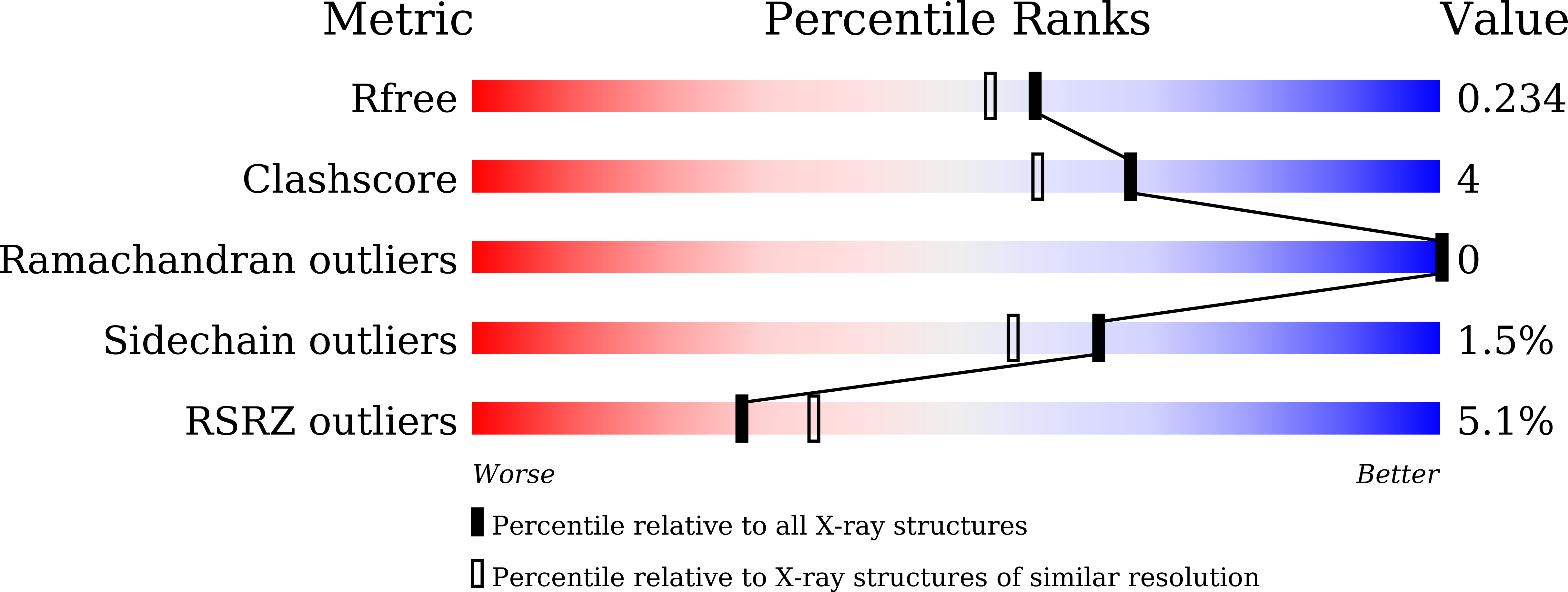
Deposition Date
2021-08-20
Release Date
2021-12-29
Last Version Date
2023-11-29
Entry Detail
Biological Source:
Source Organism:
Ligusticum chuanxiong (Taxon ID: 2689076)
Host Organism:
Method Details:
Experimental Method:
Resolution:
1.95 Å
R-Value Free:
0.23
R-Value Work:
0.19
R-Value Observed:
0.19
Space Group:
P 1 21 1


